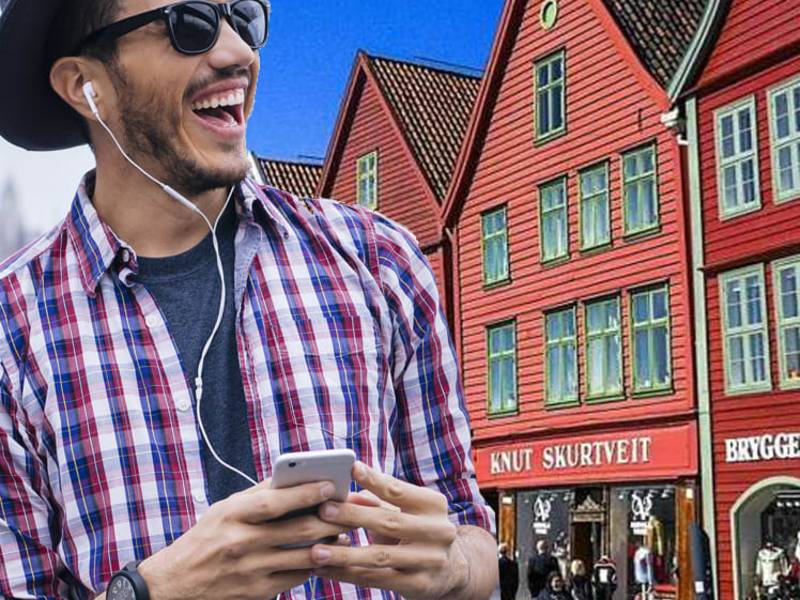
Bergen, North
Provided by:
Hop On

Click "DOWNLOAD" and "START" to open the map. You may use the Free Wifi onboard. Wifi: HoponWifi / Password: Hopon12345.
Audio guides available in:
Français, Deutsch , Español, English (British), Norsk bokmål, Italiano